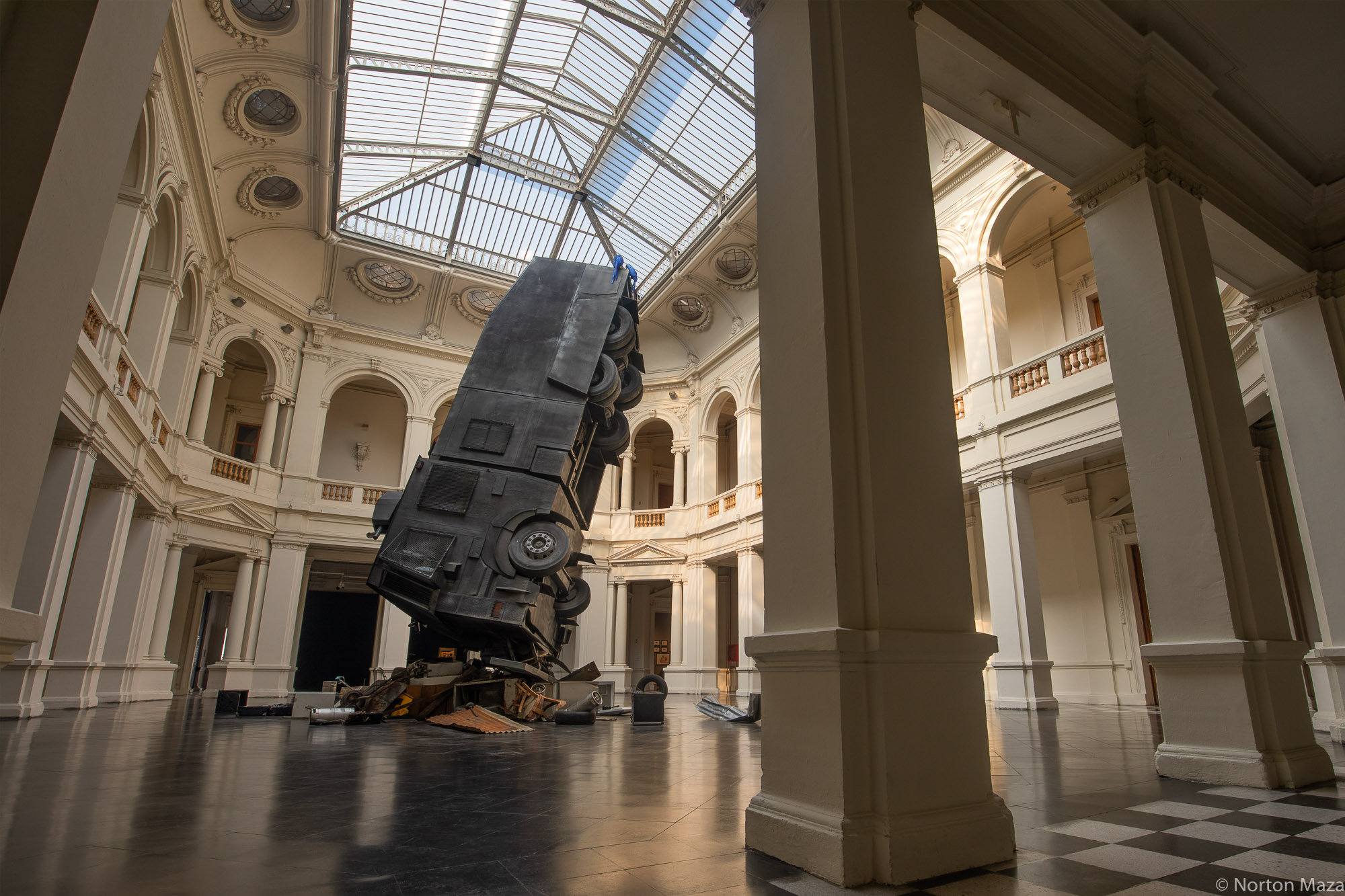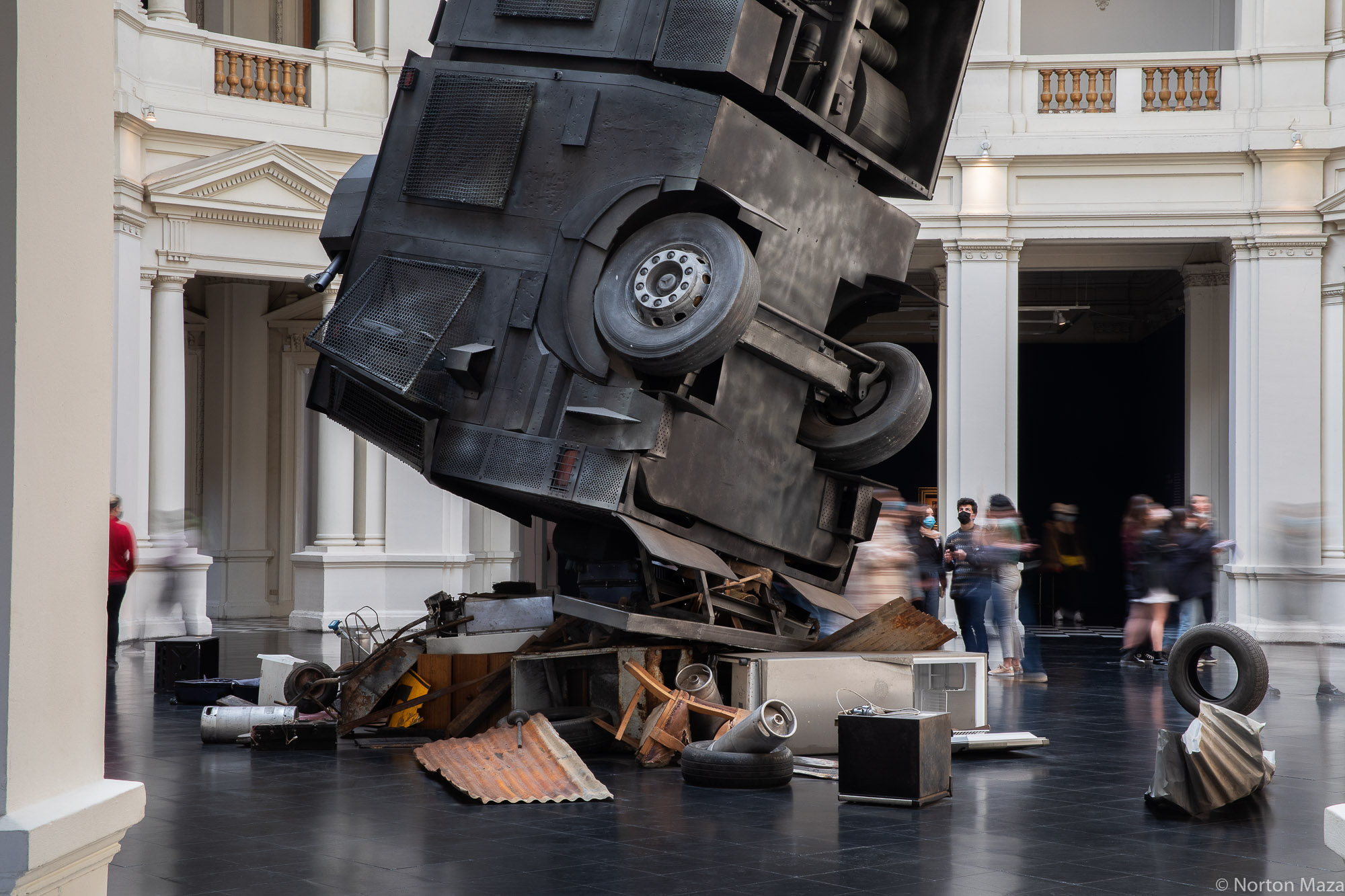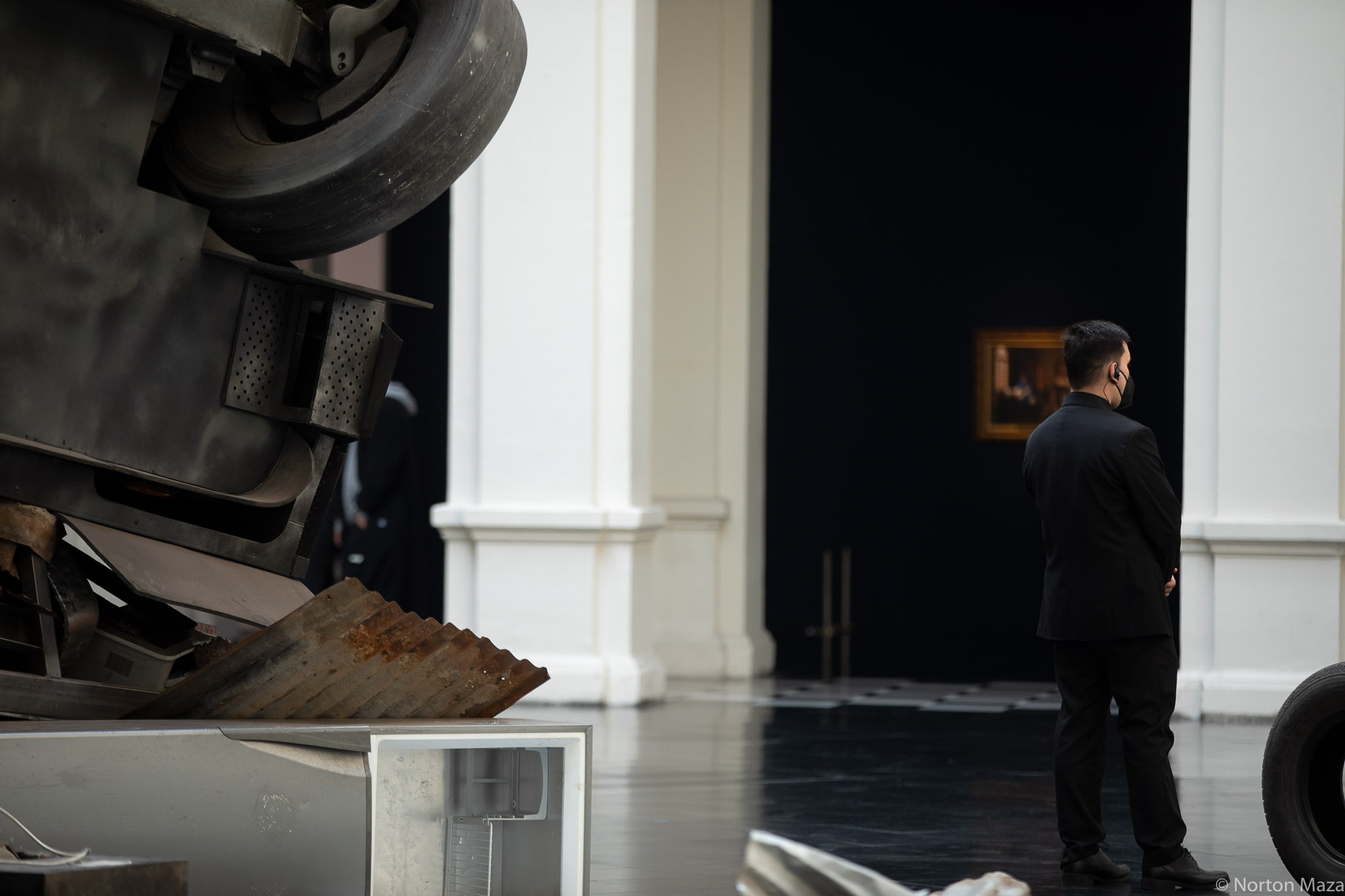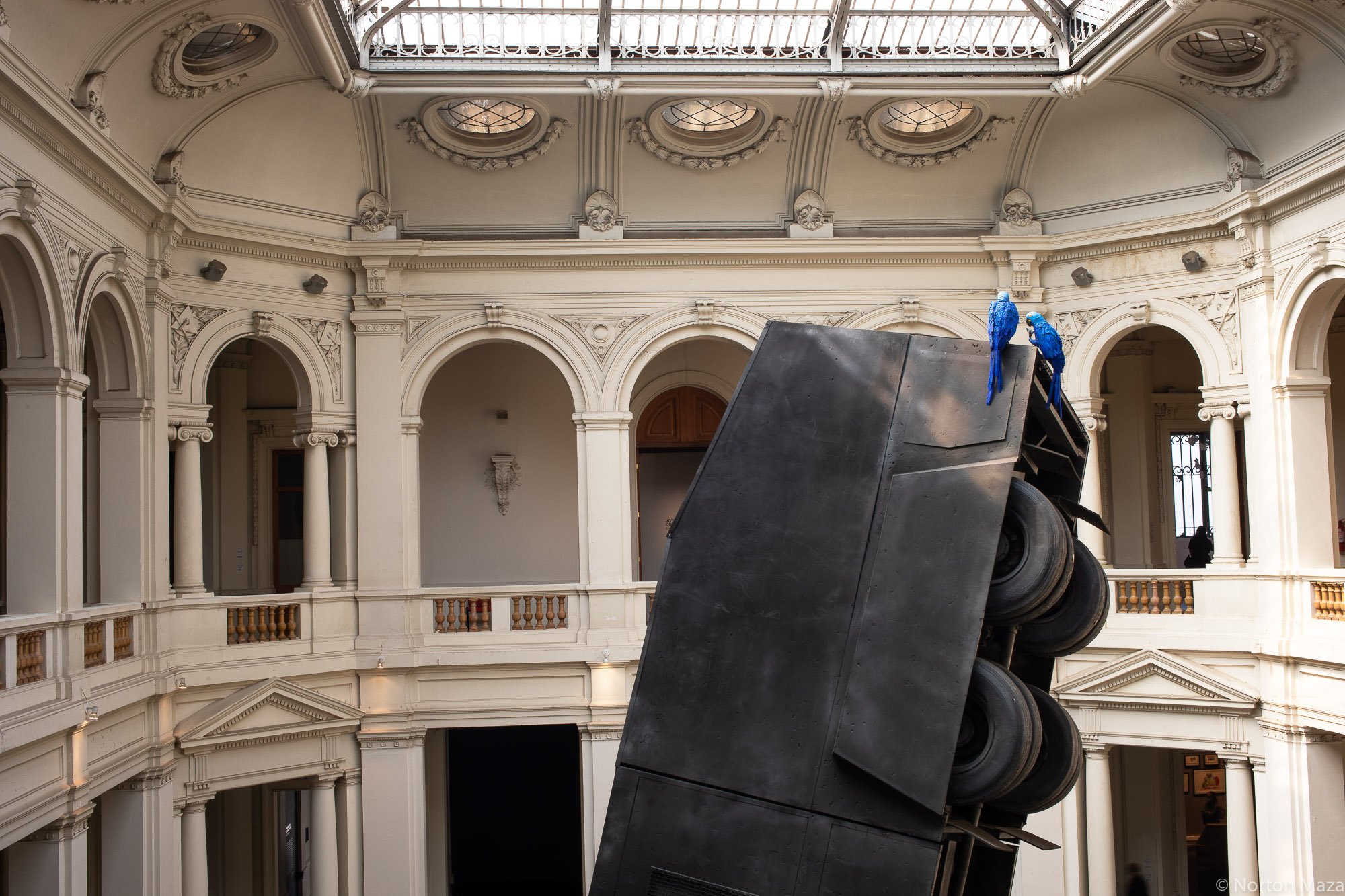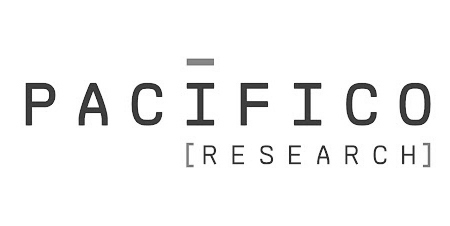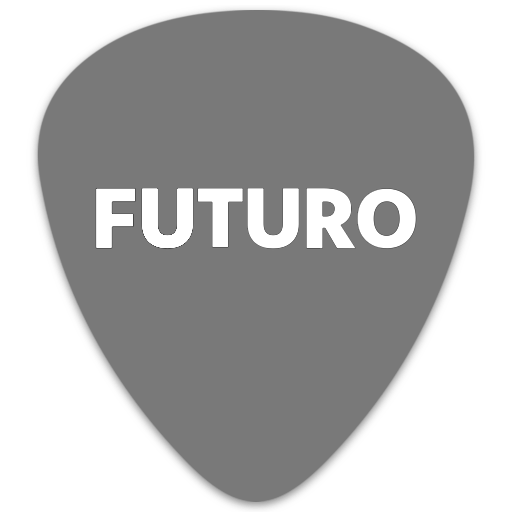Analogies of reality
2022 Museum of Contemporary Art - Santiago de Chile
Analogies of reality has several readings, some from below and others from above.
A full-scale riot truck, one of those that throw water against the demonstrators, is destabilized by a garbage dump of old and rusty electrical appliances and rusty roofs. As the water has debris in it, macaws land on it.
It is a car that could be anywhere in the world, alluding to the absurdity of human violence, which seeks to visualize the self-destruction of our species. It is a work that has to do with the human condition and its relationship with selfishness, overconsumption, individualism that defines a predator of everything around him: ideas, nature and even freedom. The artist seeks to represent the disproportionate violence, from symbolic to physical, in the water carts.
If we go up and admire the monumental installation from the top, we will not only find another meaning, but we will also be able to appreciate two macaws, extinct birds, like ghosts that stop on the same machine that destroyed them. Thus, the artist plays with the interrelation of human predation versus wildlife.
In addition to this sculpture, there are two works made in 2007: Man in his Atom and The Cook are two versions (or perversions) of Vermeer's paintings. In the first case, a character surrounded by figures from children's films projects on paper his nuclear delusions, and in the second, a woman toils in a kitchen besieged by a diabolical doll while a dystopian industrial landscape is glimpsed through the window. Both works are photographs of dioramas, establishing, in this case and by contrast, “dissimilarities of reality” and a screaming dialogue with the history of art. Including these two works seeks to ironize a pre-established model that is repeated throughout history in relation to predation and devastation.
Text: Juan José Santos
------------------------------------------------------------------------------
Work financed by the Cultural Donations Act.
------------------------------------------------------------------------------
Sponsors
